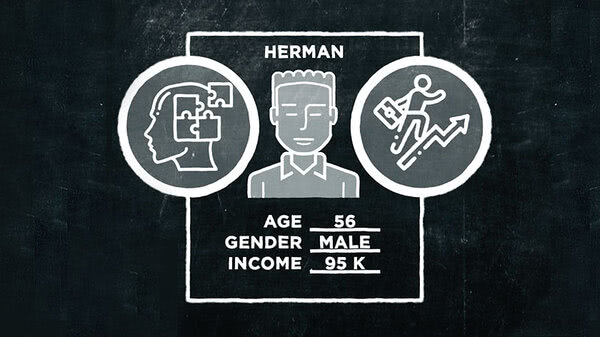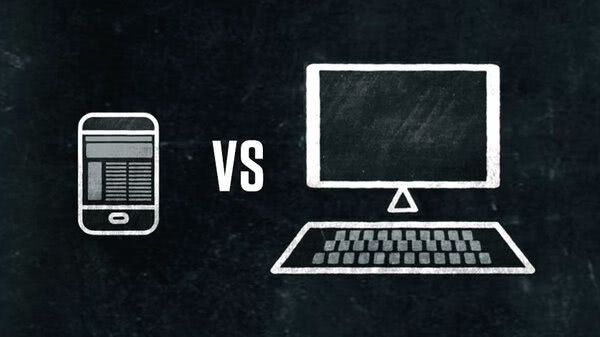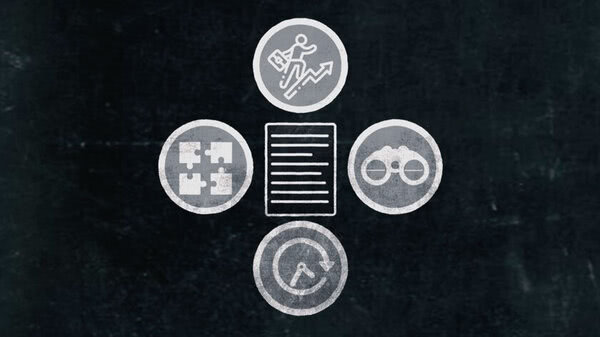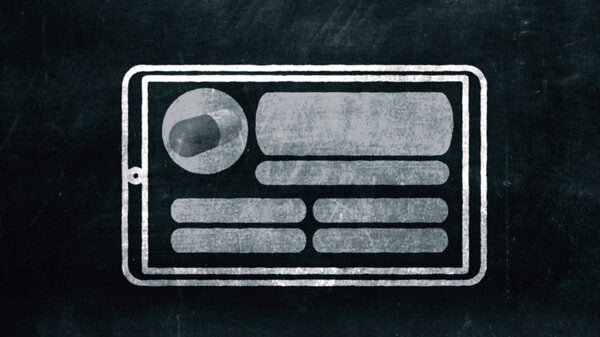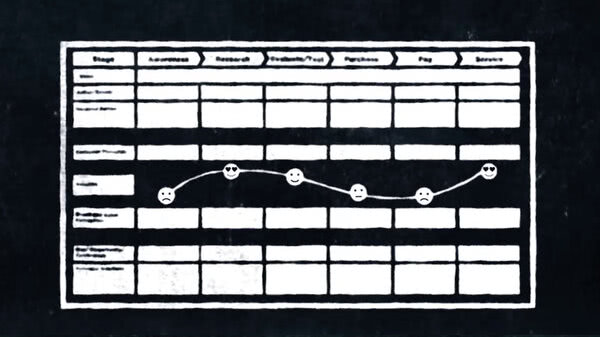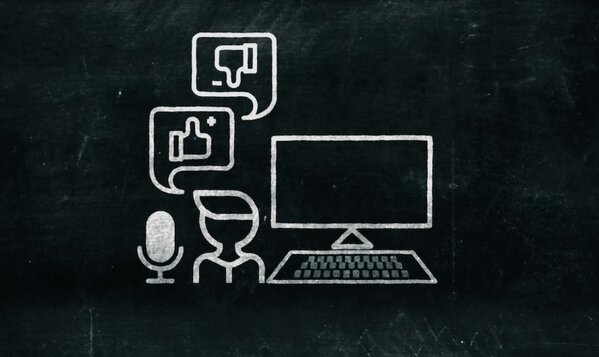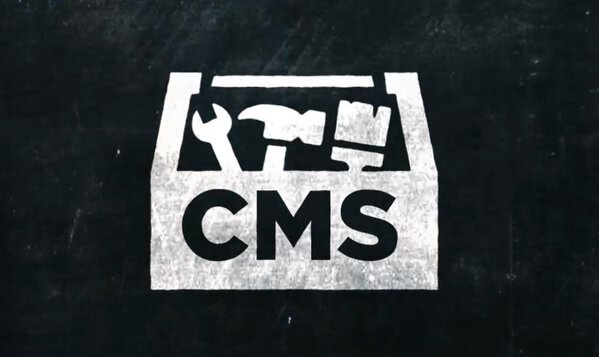We've now seen some different types of customer journey maps.
Let's take a look at a specific example, the Oz Corporation, and see how they used customer journey mapping to boost sales in their aftermarket brains division.
OzCorp's chief executive wizard instructed the marketing team to develop various personas to represent their different market segments.
We're going to follow one of those customers over time using the customer journey map that the team at Oz put together.
So here he is. Scarecrow works in agriculture, has a central nervous system consisting entirely of straw. His hobbies are musical theater, dance, helping out-of-town visitors, and avoiding fire at all costs.
Here's the customer journey map that OzCorp came up with for Scarecrow. As you can see, along the top, we have the journey phases: awareness, consideration, decision, delivery and use, finally loyalty and advocacy.
Going down the left side here, we have a scale measuring customer satisfaction. And scattered along the journey is a sampling of the key customer thoughts and feelings.
The awareness phase is the stage in the customer journey where the customer or user first realizes they have a need or desire for a product or service.
This could be triggered by a problem. For example, a headache. Or simply a desire they weren't previously aware of. For example, they watch a Prius drive by while they're waiting at a bus stop.
While Scarecrow's lack of a brain hasn't affected his job performance to date, he's begun to wonder if a brain might provide him with improved mobility and opportunities for career advancement.
Scarecrow turns to Google and, on the first page of the result, two leap out at him: Dr. Frank N. Stein's Brain Transplants and Zombie Brain Supply.
These two candidates look promising, at least initially, but we'll come back to them later.
OzCorp's website is so far down the page of Google results that Scarecrow doesn't even see it. In fact, he never would have heard of OzCorp's products if it weren't for a chance recommendation by a passing tourist from Kansas.
He recalls OzCorp's name from that conversation, does a branded search through Google.
In the consideration phase, the user or customer weighs their options. This may include choosing from several competing vendors or whether to make any purchase at all.
Once Scarecrow has researched OzCorp's website, he's convinced that they are a strong candidate, adds them to the consideration set.
After carefully weighing the various product price points and features, he decides to go with OzCorp's genius model.
The decision phase is where the customer commits to making a purchase. Scarecrow is in the midst of placing his order online. Then he discovers there's no shipping options. This shows up as a pain point on the customer journey map.
A pain point is any obstacle to the purchase or use of a product. These obstacles could be financial, emotional, or logistical.
Some examples of pain points are a high purchase price, a clumsy website UX, hard-to-navigate customer service channels, or having difficulty following the user manual.
OzCorp's major pain point is that they have no retail stores and they don't offer delivery.
The only way to acquire their products is to visit their facility at 1 Yellowbrick Road.
Now a severe pain point may send buyers back to the consideration phase, where they may start looking at other alternatives or change their minds completely.
And that's what happens with our customer. He takes a second look at OzCorp's competitors, which he discovered through his initial web search.
But these options each have their own pain points as well. Dr. Frank N. Stein's Brain Transplants deals entirely in recycled products. And Zombie Brains appears to be interested only in acquiring brains for dubious purposes.
So Scarecrow returns to OzCorp's website and ultimately places his order there.
All of this goes into the key thoughts and feelings feature of a customer journey map.
A cursory look at the journey map without this feature might lead one to believe that OzCorp was always Scarecrow's first choice. But, in fact, the lack of a home delivery or a nearby retail outlet almost cost them the sale.
And so Scarecrow enters the delivery and use phase of the journey.
The delivery and use phase typically include things like order fulfillment, shipping, delivery tracking, customer onboarding, user instructions and so on.
In OzCorp's case, it's picking up the product, removing it from its packaging, reading a quick start guide and setting a few options. And then of course finally using the product.
It may also include reading online user forums, blogs, or meetup groups, even if these are not provided by OzCorp directly.
Eventually, Scarecrow arrives at 1 Yellowbrick Road to pick up his brain. Upon installation, he can feel the benefits right away.
A common feature on a customer journey map is the loyalty and advocacy phase. The loyalty and advocacy phase usually begins when a customer starts using a product or service.
It may start even sooner if they're particularly impressed with the buying process, either negatively or positively.
This phase is all about the mindset the customer ultimately develops towards the brand.
The mindset will influence whether they recommend the product to a friend or family or give it a poor online review. And most importantly, it determines whether they choose to buy from the company again.
This is the stage of a customer journey where OzCorp excels. In general, its customers are more than happy with their purchases. And Scarecrow is no exception.
He's now a strong advocate for brain implants within the Scarecrow Community, and he shares his experience through social media and online reviews.
So what did OzCorp learn in creating this map of Scarecrow's customer journey?
One. OzCorp could reap immediate benefits from focusing resources on SEO and SEM. Their name is not showing up on the first page of results in searches for aftermarket brains. And that's a problem.
A quick fix is to invest in some paid search advertising, but they should also invest more heavily in the longer SEO game.
Two. OzCorp should seriously consider increasing their brand awareness in general.
In our example, Scarecrow is engaged in field work that leaves him isolated during the day. But in his leisure time, he enjoys a rich and lively internet presence.
OzCorp should bolster their social media presence and consider advertising on agricultural and produce-related websites. They may also wish to geotarget Oz's farming belt.
Three. The Oz Corporation would greatly benefit from immediately implementing a product distribution network through hospital pharmacies, private clinics, or direct home delivery.
This one is a no brainer and would immediately obviate most of their primary pain points.
Four. Capitalize on customer loyalty. This is the phase of the customer journey where OzCorp already excels. Their customers are satisfied with the product performance, loyal and motivated to recruit others.
OzCorp would do well to highlight customer satisfaction in their future advertising and add customer reviews for social proof to their website.
All right, thanks for watching. I hope that showing this customer's journey in detail has demonstrated how mapping the customer journey can be one of the most effective tools you can create to understand your customers so as to improve your customer's experience and ultimately increase sales.




